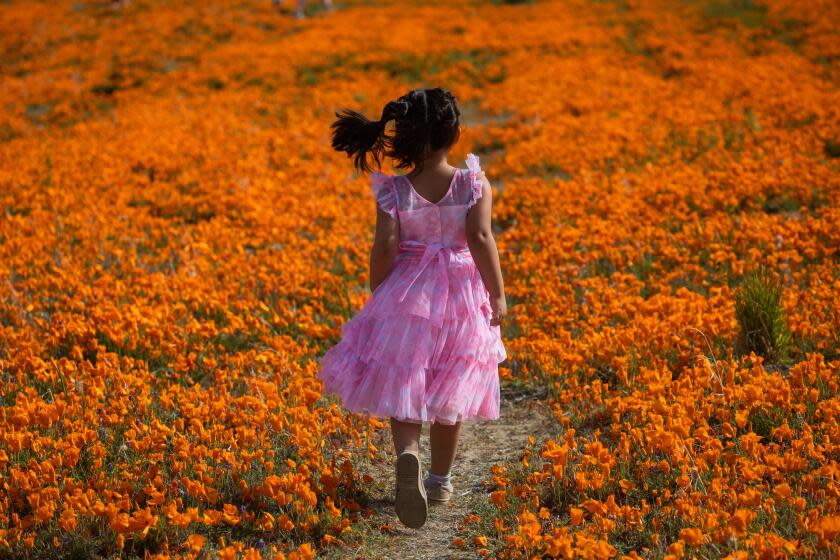Satellite photos show California turning green and snowy after winter storms

After years of drought and water restrictions, Californians have had some respite over the last two years.
In 2023, the state found itself replenished by a record number of storms fed by atmospheric rivers, which brought most places out of drought and transformed a withered landscape into a verdant one.
This year, winter storms have again brought much-needed precipitation to California. As of Friday, only 4.5% of the state was abnormally dry, according to the National Integrated Drought Information System.
Those small regions were not dry enough to qualify as being in drought. They were located on the edges of the state, near the Arizona, Nevada and Oregon borders.
The image below shows the state as seen by the National Aeronautics and Space Administration's Worldview satellite on Nov. 9, 2023, left, and again on March 15, 2024.
The juxtaposed images show the Central Valley turning from brown to a deep green and snow thickening substantially in the Sierra Nevada Mountains.
In January and February, the state got 11.1 inches of precipitation, a full 3 inches more than normal, per NIDIS data.
By March 15, the snowpack level statewide was at 104% of historical levels for the day, according to the California Department of Water Resources.
In the Northern Sierra, snow was especially abundant, reaching 118% of historical levels. In the Central Sierra, the figure was 101%, and the Southern Sierra barely lagged its normal snowpack at 95%.
The image below zooms in on Southern California, showing the region from space on Nov. 9, 2023, left, and again four months later on March 9, 2024.
The starkest difference in color was in northern Santa Barbara County, where the landscape went from brown to green.
Several mountains outside the Southern Sierra were dusted with snow. Mountains near Ventura, the Grapevine, San Bernardino and Palm Springs showed snowy peaks on March 9, but most had dissipated by March 15.
Though California is currently enjoying a wet spell, drought is never far from the minds of experts.
State regulators are currently in the midst of a battle over future water regulations. After pushback, they recently eased requirements for urban suppliers that will reduce water savings moving forward.
This story originally appeared in Los Angeles Times.

